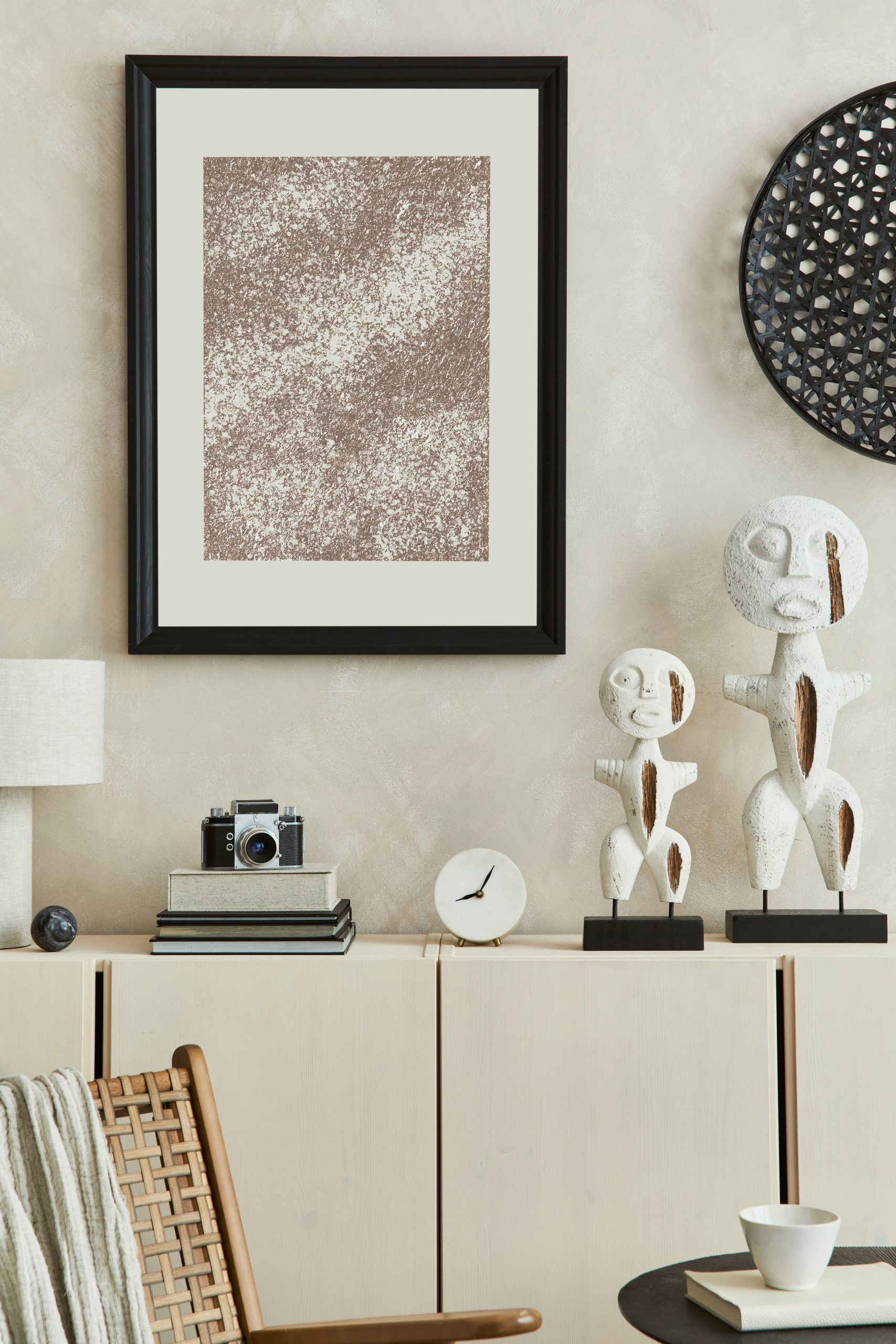
In the world of interior design, the term ‘eclectic’ is often bandied about, suggesting a mix-and-match approach that, when done right, can result in a stunningly unique space. Among the most popular eclectic blends is the combination of modern and traditional styles, bringing together the sleekness and innovation of contemporary design with the timeless elegance and charm of classic elements. This marriage of aesthetics offers a dynamic and sophisticated look that appeals to many homeowners seeking to express their personal tastes while also maintaining a sense of balance and coherence. Here, we explore how to successfully blend these seemingly disparate styles to create a harmonious home environment.
Understanding the Styles
Before embarking on a design journey that involves merging modern and traditional styles, it is important to understand the fundamental characteristics of each.
Modern Design is rooted in the early-to-mid 20th century and is characterized by clean lines, minimalism, and an emphasis on function. Think of open spaces, neutral color palettes, and uncluttered surfaces. It often incorporates materials like glass, chrome, and concrete, and utilizes bold, abstract art and low-profile furniture.
Traditional Design, on the other hand, draws inspiration from the 18th and 19th centuries, emphasizing heavy, often ornate furniture, rich color schemes, and classic architectural details such as moldings and cornices. This style favors symmetry and balance, employs a wealth of textures through textiles like velvet and silk, and leans towards a warm, inviting ambiance.
The Art of Balance and Contrast
The key to blending modern and traditional styles is balance and contrast. The trick lies in celebrating the differences between the two, allowing them to complement rather than compete with each other. Here are some strategies to achieve this balance:
1. Anchor Your Space
Start by anchoring your space with a dominant style and introducing elements from the other. For example, begin with a traditional foundation, like a room with crown molding and classic furniture arrangements, and introduce modern elements through lighting, art, or accessories. Alternatively, a modern backdrop of minimal architecture and furnishings can be softened with traditional textiles and antique pieces.
2. Focus on Color
Color plays a crucial role in blending these styles. Traditional design often incorporates deep, rich hues, while modern spaces tend to embrace neutrals and monochromatic schemes. A harmonious space might include a modern grey or beige wall contrasted with a Persian rug or a brightly colored piece of traditional art. The goal is to create a consistent color palette that accommodates elements from both styles without clashing.
3. Mix Textures
The juxtaposition of textures can elevate your space, offering visual and tactile interest. Pair sleek, modern materials like glass or metals with traditional fabric choices such as damask or brocade. A modern velvet sofa, for instance, can serve as a bridge between the two styles when paired with a dark wood traditional coffee table.
4. Adopt Transitional Pieces
Transitional furniture and accessories can serve as excellent middle ground between modern and traditional. These pieces typically feature the clean, simplistic lines of modern design alongside the warmth and comfort of traditional aesthetics. Look for furniture that has classic silhouettes but in contemporary fabrics or finishes.
5. Incorporate Timeless Art
Art is an expressive way to blend styles. A large, abstract canvas can bring a modern edge to a traditionally furnished room, while a vintage oil painting can add gravitas to a modern space. Consider creating a gallery wall that integrates both modern and classic artworks, thereby facilitating a dialogue between the past and present.
Practical Implementation: Room by Room
Living Room
For your living room, think of installing a modern, minimalist sectional sofa and pairing it with antique side tables. Accessorize with plush, traditionally patterned throw pillows to add depth and comfort. Lighting can also play a pivotal role; consider mixing a traditional chandelier with contemporary floor lamps to layer the lighting.
Kitchen
In the kitchen, a modern aesthetic can be achieved through sleek cabinetry and state-of-the-art appliances. Infuse traditional warmth by introducing elements like a reclaimed wood countertop or vintage backsplash tiles. Open shelving adorned with rustic ceramics can bridge the stylistic gap effectively.
Bedroom
In the bedroom, a traditional bed frame can serve as a focal point, complemented by modern linens in neutral tones. Add contemporary nightstands with traditional lampshades to create a balanced bedside ensemble. Blending these elements ensures the space is both restful and invigorating.
Bathroom
In the bathroom, modern styles often involve frameless glass showers and minimalistic fixtures. Pair these with a clawfoot tub or an antique mirror to inject traditional vibrations into this often-overlooked space.
Dining Room
A modern glass or metal dining table can be contrasted beautifully with vintage seating options. A traditional china cabinet or a sideboard can offer added charm, while a contemporary abstract centerpiece ensures the setting feels current and fresh.
Final Thoughts
Blending modern and traditional decor styles is a rewarding endeavor that combines the best aspects of both worlds. When executed with thought and precision, this design strategy yields a living space that is not only visually stunning but also reflective of a well-curated personal aesthetic. Remember that the ultimate goal is harmony – the creation of a space where different elements engage in an elegant interplay, offering comfort, style, and a timeless appeal. Embrace the contrasts and enjoy the rich tapestry of a modern-traditional home.













